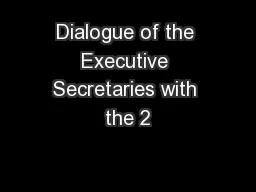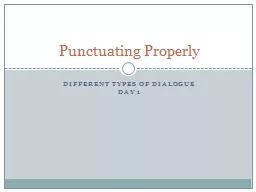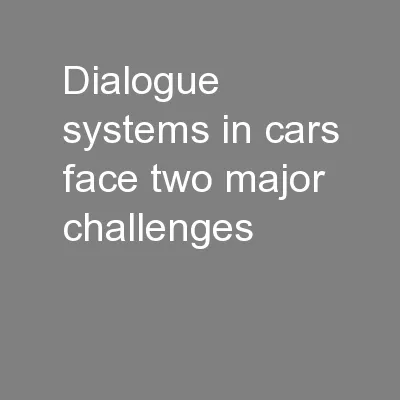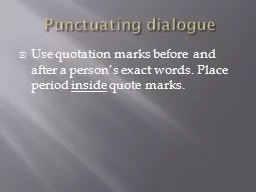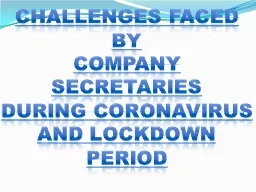PPT-Dialogue of the Executive Secretaries with the 2
Author : mitsue-stanley | Published Date : 2016-03-05
nd Committee New York 3 November 2014 Means of Implementation for the post2015 agenda Perspectives from the Arab Region Outline I Contrasts and Commonalities A
Presentation Embed Code
Download Presentation
Download Presentation The PPT/PDF document "Dialogue of the Executive Secretaries wi..." is the property of its rightful owner. Permission is granted to download and print the materials on this website for personal, non-commercial use only, and to display it on your personal computer provided you do not modify the materials and that you retain all copyright notices contained in the materials. By downloading content from our website, you accept the terms of this agreement.
Dialogue of the Executive Secretaries with the 2: Transcript
Download Rules Of Document
"Dialogue of the Executive Secretaries with the 2"The content belongs to its owner. You may download and print it for personal use, without modification, and keep all copyright notices. By downloading, you agree to these terms.
Related Documents

